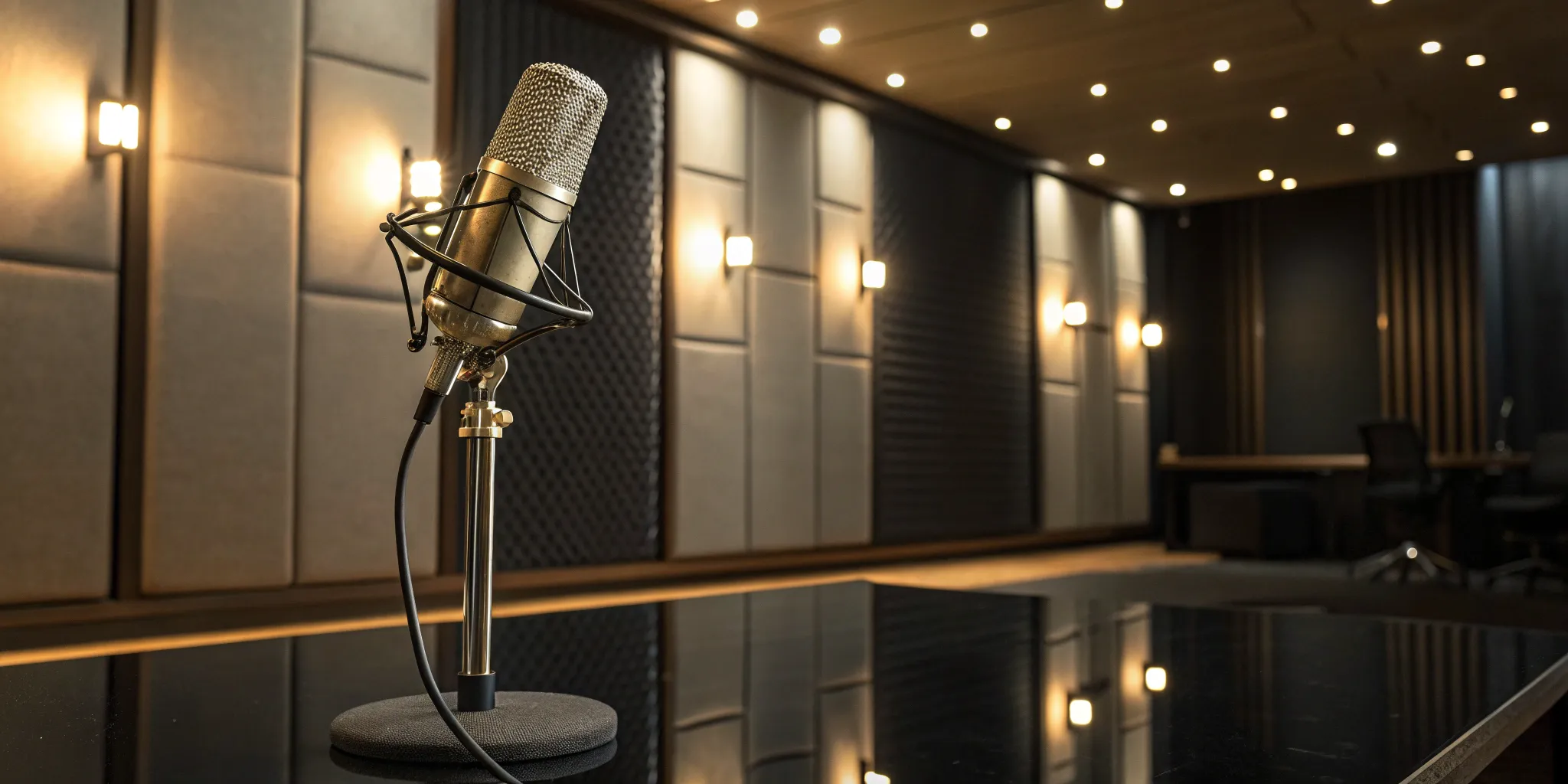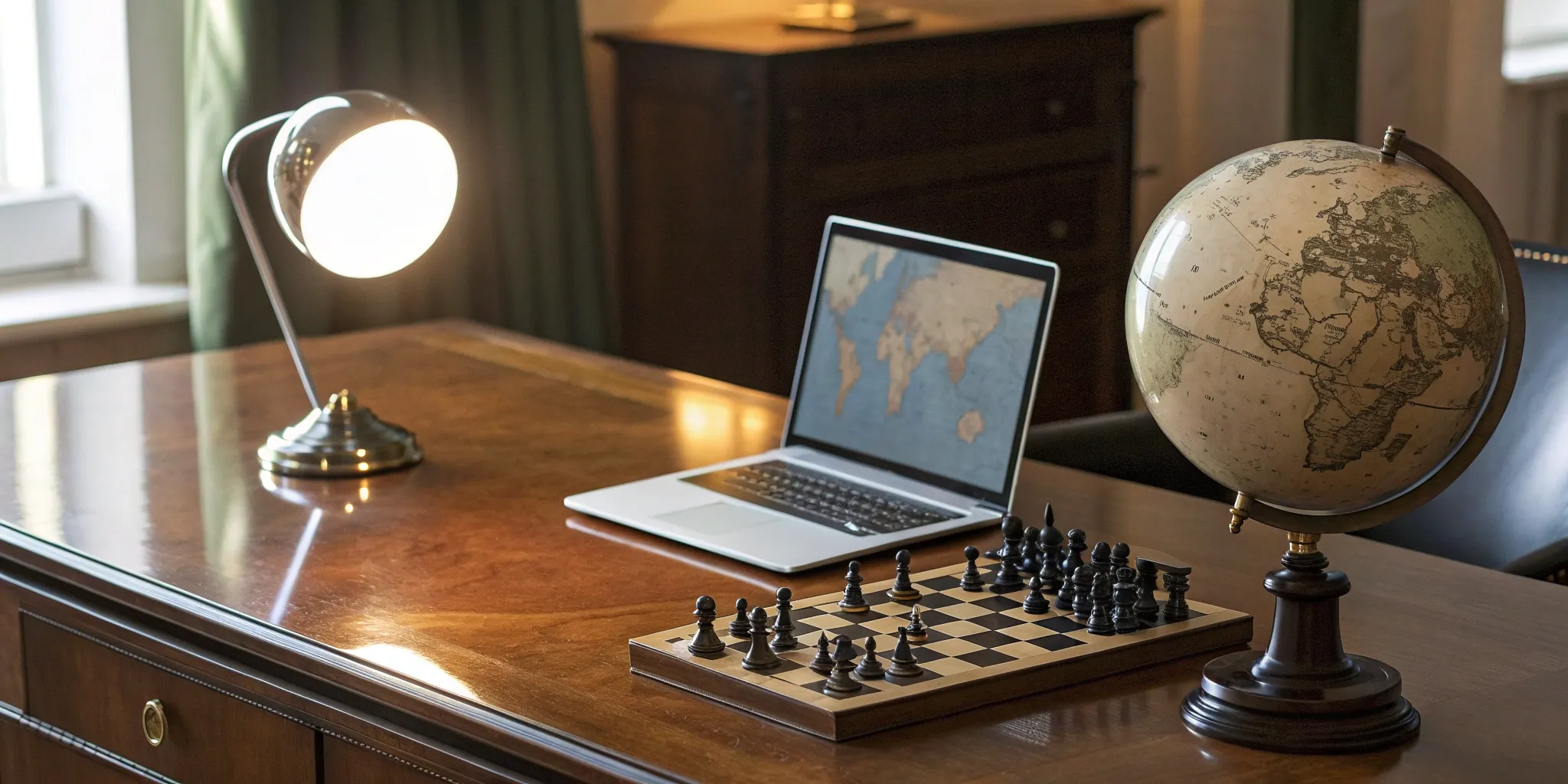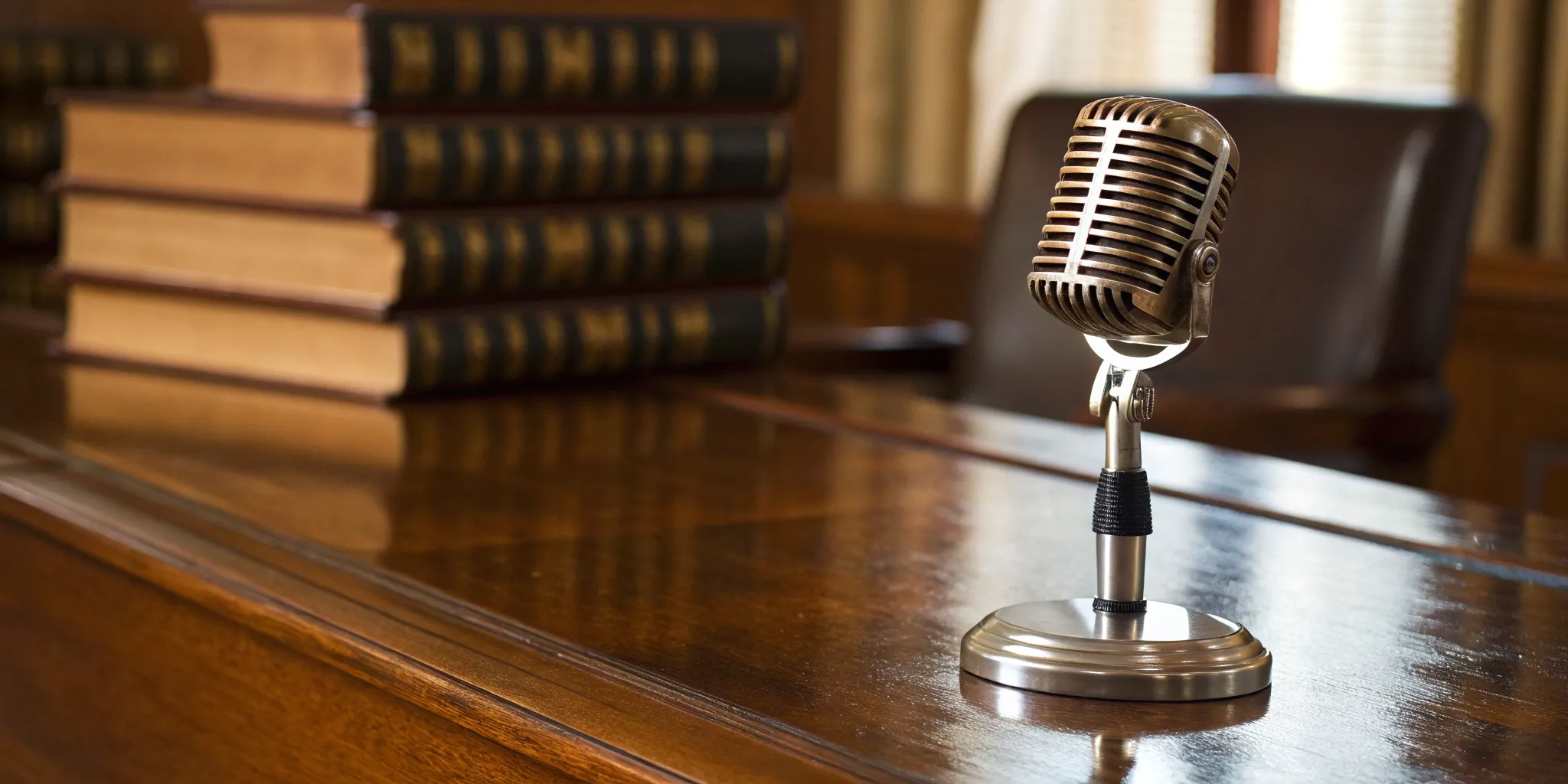Think of your brand’s reputation as a house you’re building. Public relations is the overall blueprint—the grand vision for the entire structure. Media relations, then, is the specialized work of framing the house and getting it featured in Architectural Digest. It’s the specific, focused effort of working with the press to get your story told. A clear media relations definition is the professional practice of cultivating relationships with journalists to secure positive media coverage. It’s a critical component of your blueprint, but it requires its own set of tools and skills. In this article, we’ll break down exactly what media relations entails, how it works in harmony with your broader PR goals, and how to master it.
Key Takeaways
- Build Real Connections, Not Just Contact Lists: The most impactful media coverage comes from genuine relationships with journalists. Make their job easier by providing relevant, well-researched story ideas, which establishes you as a credible, go-to source for future opportunities.
- Understand That Media Relations is One Piece of the PR Puzzle: Public relations is your brand’s entire communication strategy, while media relations is the specific function focused on earning press coverage. A strong PR foundation gives your media outreach a clear, consistent message to share.
- Create a Clear Strategy Before You Act: Effective outreach starts with a plan. Define your objectives, identify the specific media outlets your audience trusts, and develop a core message to ensure every action you take builds your brand’s authority.
What Is Media Relations?
Media relations is the strategic process of building and maintaining relationships with people in the media—think journalists, editors, producers, and influential bloggers. The goal is to get your story, brand, or message shared with their audience in a positive and credible way. It’s less about sending a mass email blast and more about cultivating genuine connections so that when you have something newsworthy to share, you have a receptive audience ready to listen.
Think of it as the bridge between you and the public, with the media acting as the vehicle. A strong media relations strategy ensures your story is told accurately and compellingly, helping you shape public perception and build a solid reputation. It’s a core function of public relations that focuses specifically on how you interact with the press. At its heart, it’s about turning your narrative into news. For leaders and authors, this is how you move from being an expert in your field to becoming a recognized voice in the public conversation.
Its Core Components
The foundation of media relations is, without a doubt, relationships. It’s about understanding what journalists need and providing them with timely, relevant, and interesting information. This isn’t a one-time transaction; it’s a long-term effort. The core components involve identifying the right media contacts for your story, understanding their beat and audience, and building trust over time. It’s about becoming a reliable source they can turn to for expert commentary. This process ensures that when you pitch a story, it’s not just another email in a crowded inbox—it’s a valuable tip from a trusted contact.
The Role of a Media Relations Pro
So, what does a media relations professional actually do all day? Their work is a mix of strategy, communication, and coordination. A typical day might involve writing a compelling press release for a book launch, crafting personalized pitches to journalists, and arranging interviews for a client. They act as the primary point of contact between you and the media, preparing you with talking points and ensuring you’re ready for any question that comes your way. The ultimate goal is to secure positive, unpaid media coverage—what we call “earned media.” Seeing our clients featured in top-tier publications is the direct result of this dedicated, behind-the-scenes work.
Earned vs. Paid Media: Know the Difference
It’s crucial to understand the difference between earned and paid media. Paid media is advertising. You pay for a specific spot—a magazine ad, a sponsored post, a TV commercial—and you have complete control over the message. Earned media, on the other hand, is coverage you get because a journalist or media outlet finds your story newsworthy. You don’t pay for the placement; you earn it through a compelling narrative and strategic outreach. While advertising has its place, earned media carries a level of credibility that money can’t buy. It serves as a powerful third-party endorsement, telling the world that an objective source finds you and your story worth talking about.
Media Relations vs. Public Relations
It’s easy to use the terms “media relations” and “public relations” interchangeably, but they represent two distinct—though closely related—disciplines. Think of public relations as the entire puzzle and
How They Differ
Public relations (PR) is the comprehensive strategy you use to manage your brand’s image and communication with everyone who matters—your customers, investors, employees, and the general public. It’s the big-picture plan that shapes your overall narrative using various tools like social media, events, and speaking engagements. Media relations, on the other hand, is a specialized part of PR. Its sole focus is on building relationships with journalists, producers, and editors to secure positive coverage in news outlets. While PR addresses all stakeholders, media relations specifically targets the press to act as a conduit for your message.
How They Work in Harmony
Media relations and public relations aren’t competing forces; they’re partners in building your brand. Your PR strategy sets the stage by defining your core message, identifying your goals, and creating the overarching story you want to tell. Media relations then takes that story and executes the play, pitching it to the right journalists who can share it with their audience. When done right, this synergy is powerful. Your carefully crafted message gets amplified by credible, third-party media outlets, building authority and trust in a way that advertising simply can’t. This is how you can develop a comprehensive strategy that truly moves the needle.
When to Use Each Strategy
You’re always “doing” public relations, whether you’re posting on LinkedIn, speaking at an event, or sending out a newsletter. It’s the constant, ongoing management of your public persona. You should focus on your broader PR strategy when defining your brand’s mission or preparing for a major business shift. You activate a focused media relations campaign when you have something specifically newsworthy to share—like a book launch, a new round of funding, or a unique take on a trending topic. The key is to have your PR foundation in place so that when a media opportunity arises, you’re ready with a clear message and a compelling story to pitch.
Why Media Relations Matters for Your Brand
If you want to build a brand that lasts, you can’t just rely on paid ads and social media posts. You need to build genuine influence, and that’s where media relations comes in. It’s the strategic process of building relationships with journalists, editors, and producers to share your story and secure credible, third-party coverage. Think of it as the difference between telling people you’re an expert and having a major publication do it for you. This earned credibility is what separates fleeting brands from enduring legacies, giving you a powerful platform to connect with your audience in a way that advertising simply can’t match.
Build Authority and Credibility
When a respected media outlet features your story, it acts as a powerful endorsement. This isn’t just about getting your name out there; it’s about building a foundation of trust. As PR experts note, a well-executed media strategy “builds credibility, popularizes the brand, and boosts consumer trust.” For an author, CEO, or founder, a feature in a publication your audience already trusts instantly positions you as a leader in your field. This kind of brand authority is invaluable because it’s earned, not bought. It tells potential clients and customers that you are a credible, reliable voice in your industry.
Shape Public Perception
Without a proactive media relations strategy, you’re letting others control your brand’s narrative. Media relations gives you the power to shape how the public sees you and your work. Through strategic outreach, you can secure “earned media”—news stories or articles that aren’t paid advertisements. Because this coverage is earned based on the merit of your story, it carries more weight and authenticity with audiences. It’s your chance to communicate your mission, highlight your successes, and share your unique perspective directly with the people who matter most, ensuring your story is told accurately and effectively.
Create Media Opportunities
Media relations is about playing the long game. The goal isn’t just to land a single placement; it’s to build lasting relationships with key members of the media. When a journalist knows they can count on you for a compelling story or an expert quote, they’re more likely to reach out for future opportunities. These strong connections are also your first line of defense during a crisis. Having established relationships allows you to share correct information quickly and manage the narrative before it spirals. It’s an investment that pays dividends in both good times and bad.
Measure Your ROI
Many leaders wonder how to measure the return on a PR investment. While it can seem less direct than a digital ad campaign, the impact is very real. In fact, a top challenge for communicators is “measuring impact, proving value and demonstrating ROI.” At Leverage with Media, we track key performance indicators that tie directly to business goals. This includes monitoring website referral traffic from media placements, tracking increases in social media engagement, and noting a rise in speaking invitations or book sales following a feature. We focus on tangible client results that show how strategic media coverage translates into meaningful growth for your brand.
Key Media Relations Activities
Effective media relations is a hands-on process built on a few core activities. These are the strategic actions that turn your story into headlines and build a lasting public presence. From crafting the perfect announcement to preparing for the unexpected, each activity plays a vital role in shaping how the media—and in turn, the public—perceives your brand. Let’s look at the key functions that drive a successful media relations strategy.
Managing Press Releases
Think of a press release as your official announcement to the world. It’s a fundamental tool for communicating newsworthy information, whether you’re launching a book, announcing a new CEO, or sharing groundbreaking research. A great press release is clear, concise, and gives journalists everything they need to cover your story. It’s not just about what you say, but how you say it. The goal is to present your news in a compelling way that makes it easy for a reporter to see the story within. Mastering the art of the press release is a foundational step in any media outreach.
Pitching to the Media
If a press release is a public announcement, a pitch is a direct, personalized conversation starter. This is where you proactively reach out to specific journalists with a story idea tailored to their beat and audience. A generic, mass email won’t cut it. A successful pitch shows you’ve done your homework—you understand what the journalist covers and why your story is a perfect fit for their readers. This targeted approach respects their time and dramatically increases your chances of getting noticed. The results of a great pitch can be transformative, landing you in top-tier publications.
Coordinating Interviews
Landing an interview is a huge win, but the work doesn’t stop there. Coordinating the interview is a critical step where preparation meets opportunity. This involves everything from scheduling and logistics to, most importantly, preparing the spokesperson. We work with our clients to ensure they are ready to communicate their key messages clearly and confidently. Effective media training can make the difference between a good interview and a truly memorable one that captures the essence of your brand and leaves a lasting positive impression on the audience. It’s about making sure you shine when the spotlight is on you.
Planning for a Crisis
The best time to plan for a crisis is long before one ever happens. A proactive media relations strategy includes a solid crisis communication plan. This means preparing for potential negative events that could impact your reputation. It involves identifying a response team, designating a spokesperson, and developing clear messaging to be deployed quickly and effectively. Having a plan in place allows you to respond with confidence and transparency, protecting the trust you’ve worked so hard to build with the public. If you need help building a plan, you can always book a call with our team to discuss your needs.
How to Build Strong Media Relationships
At its heart, media relations is about building and managing real relationships with journalists and news outlets. It’s not about sending a blast email to a hundred reporters and hoping something sticks. It’s about connection, trust, and mutual respect. Think of it less like a transaction and more like a professional friendship. When you treat journalists like people—understanding their needs, respecting their time, and providing real value—you create a foundation for long-term success. This is how you move from simply getting a mention to becoming a trusted source they turn to again and again. The strongest media placements come from these authentic connections, which is what we focus on building for our clients at Leverage with Media. This approach requires patience and strategy, but the payoff is immense. A strong relationship means a journalist might reach out to you for a quote, consider your future pitches more seriously, or even feature you as an expert in their field. It transforms your PR efforts from a constant hustle for one-off wins into a sustainable system for generating consistent, high-quality coverage that truly shapes public perception and builds your brand authority.
Understand What Journalists Need
Before you ever hit “send” on a pitch, take a moment to step into the journalist’s shoes. They are constantly on deadline, sorting through hundreds of emails, and looking for a story that will resonate with their specific audience. Your job is to make their job easier. This starts with research. Read their past articles, understand their beat, and get a feel for their publication’s tone. A pitch that’s perfect for a tech blog will fall flat at a lifestyle magazine. Journalists need newsworthy and accurate information that is relevant to their readers. When you provide a compelling, well-researched story idea that fits their coverage area, you’re not just asking for a favor—you’re offering a valuable professional resource.
Follow Communication Best Practices
Your communication style can make or break a potential media relationship. Keep your pitches personal, concise, and direct. Address the journalist by name and briefly explain why your story is a perfect fit for them. Good media relations means thinking creatively about unique and believable story angles that will capture their interest immediately. Avoid generic flattery and get straight to the point. Have all your materials—like your professional bio, high-resolution headshots, and press kit—organized and ready to go. When a journalist responds, be prompt and helpful. Respecting their time and making the process seamless shows that you are a professional who is easy to work with.
Build Lasting Trust
Trust is the currency of media relations. For these relationships to work well, there must be trust between you and the journalists you work with. This is built over time through consistency, honesty, and reliability. Always be transparent. If you don’t have the answer to a question, say so and offer to find it. If you promise an exclusive story, honor that commitment. Every interaction is an opportunity to prove you are a credible and dependable source. When journalists know they can count on you for accurate information and timely responses, they won’t just take your call—they’ll start calling you. This is how you build a reputation that precedes you.
Maintain Your Connections
Securing a media feature is a huge win, but the work doesn’t stop there. Nurturing the relationship is just as important as the initial pitch. After your story is published, send a simple thank-you email. Share the article on your social media channels and tag the journalist and publication. These small gestures show your appreciation and help amplify their work. Stay in touch periodically without always asking for something. You can send a note congratulating them on a great article or offer a new expert source for a topic they cover. Always aim to provide useful and newsworthy content. When you become a reliable resource, they’ll want to work with you again and again.
Essential Tools for Media Relations
While building genuine relationships is the heart of media relations, the right technology can make your efforts far more efficient and impactful. Think of these tools not as a replacement for human connection, but as a way to streamline your workflow, find the right people, and measure what’s working. They handle the heavy lifting so you can focus on crafting compelling stories and nurturing your media contacts. From finding the perfect journalist to tracking your success, incorporating a few key platforms into your process can make all the difference.
Media Databases
A media database is your digital address book, connecting you with thousands of journalists, editors, producers, and bloggers. Finding the right person to pitch is one of the toughest parts of PR; in fact, very few communication leaders feel confident in this area. Instead of spending hours searching for contact information, you can use a media database to filter contacts by industry, location, and topics they cover. This ensures your pitch lands in the inbox of someone who is actually interested in your story, dramatically increasing your chances of getting a response and securing coverage.
Monitoring and Analytics Tools
You can’t shape the conversation if you don’t know what people are saying. Media monitoring tools act as your eyes and ears, scanning the web and social media for mentions of your name, brand, or key industry terms. Keeping track of what’s being said allows you to spot opportunities, manage your reputation, and understand public sentiment in real time. This data is invaluable for refining your messaging and making sure your PR plans are always aligned with the current landscape. It helps you stay proactive rather than reactive.
Press Release Distribution Networks
When you have big news to share, you want to get it in front of as many relevant people as possible. Press release distribution networks are essential for this. These services send your official announcements to a wide network of newsrooms, media outlets, and online publications. Using a distribution service ensures your news is communicated effectively and helps you generate coverage on a larger scale than you could likely achieve on your own. It’s a foundational tool for getting your story out there quickly and professionally.
Performance Measurement Tools
How do you know if your media relations efforts are actually working? Performance measurement tools are the answer. Proving the value of PR is a common challenge, but these platforms make it possible by tracking key metrics. They can show you how many times you were mentioned, the potential reach of that coverage, the sentiment of the articles, and your share of voice compared to competitors. This data is crucial for demonstrating ROI and making informed decisions about where to focus your energy next.
How to Overcome Common Challenges
Even the most well-crafted media relations strategy will hit a few bumps in the road. The media landscape is constantly changing, and what worked yesterday might not work today. The key isn’t to avoid challenges altogether—it’s to anticipate them and have a plan in place. From keeping your story straight to making sure your message actually gets heard, navigating these hurdles is part of the process.
Successfully managing these issues is what separates a good media strategy from a great one. It requires a mix of foresight, flexibility, and focus. Let’s walk through some of the most common challenges you might face and, more importantly, how you can handle them with confidence. By preparing for these obstacles, you can keep your momentum going and ensure your brand’s story continues to shine.
Keep Your Message Consistent
One of the biggest challenges in media relations is ensuring your message stays the same across all channels and interviews. When your story changes, it can confuse your audience and erode the trust you’ve worked so hard to build. As one expert notes, “Consistency in messaging is crucial to maintain trust and clarity among stakeholders.” Whether you’re a CEO discussing company vision or an author sharing the core ideas of your book, your narrative must be clear and unwavering.
To achieve this, develop a set of core talking points and a central message that everyone on your team understands. This becomes your North Star for every press release, interview, and social media post. Our past clients have found success by defining their story early on and sticking to it, which helps build a strong, recognizable brand identity over time.
Adapt to a Digital World
The shift from traditional to digital media has opened up countless opportunities, but it also brings new complexities. With so many platforms, from online magazines and blogs to podcasts and social media, it’s a challenge to know where to focus your energy. To be effective, you have to meet your audience where they are. This means your media relations strategy must be flexible enough to adapt to digital platforms for communication and engagement.
Start by identifying the key digital outlets your target audience trusts. Don’t try to be everywhere at once. Instead, focus on building relationships with a select group of online journalists, podcasters, and influencers who align with your brand. A targeted approach will yield better results than a scattered one and help you create meaningful connections in the digital space.
Manage Your Time and Budget
Let’s be honest: media relations takes time and resources. For many leaders, the top challenge is “measuring impact, proving value, and demonstrating ROI.” It’s easy to feel like you’re pouring effort into a black hole if you can’t see tangible results. This is where strategic planning becomes critical. You need to set clear, measurable goals from the outset. Are you aiming for a certain number of media placements, an increase in website traffic, or a lift in book sales?
Defining your objectives helps you allocate your budget and time more effectively. It also allows you to track what’s working and what isn’t, so you can adjust your strategy accordingly. Working with a team that understands how to connect PR activities to business outcomes can make all the difference, ensuring your investment delivers real value. You can explore our PR packages to see how we structure campaigns for maximum impact.
Cut Through the Noise
Getting a journalist’s attention is harder than ever. Their inboxes are flooded with hundreds of pitches every day, making it incredibly difficult for your story to stand out. The key to cutting through this noise is to stop thinking like a marketer and start thinking like a storyteller. What makes your perspective unique? What value can you offer their audience? Generic, one-size-fits-all pitches are destined for the trash folder.
Focus on crafting a compelling narrative that connects with people on a human level. Often, the most powerful stories come from a place of authenticity. As our team of experts knows, a personal journey or a bold, counterintuitive take on a popular topic is far more interesting than a simple product announcement. Tailor your pitch to each specific journalist, showing that you’ve done your homework and genuinely believe your story is a good fit for their readers.
Create Your Media Relations Strategy
A powerful media relations strategy doesn’t happen by accident—it’s built with intention. Think of it as your roadmap to getting the right kind of attention from the right people. By breaking it down into clear, manageable steps, you can create a plan that not only gets you noticed but also builds a lasting reputation. Let’s walk through the four essential pillars of a strategy that delivers real results.
Set Clear Objectives
Before you write a single pitch, you need to know what you’re trying to accomplish. What does success look like for you? Are you aiming to drive sales for your new book, establish yourself as the go-to expert in your industry, or build a positive brand reputation? Your goals will shape every decision you make. Establishing clear objectives is the foundation of your entire strategy. When you have a specific target in mind, it’s much easier to measure what’s working and what isn’t, ensuring your efforts are always moving you in the right direction.
Identify the Right Media Outlets
It’s tempting to want to be featured everywhere, but a scattergun approach rarely works. The key is to focus on the media outlets your ideal audience already trusts. Where do they get their news? What podcasts do they listen to? Which journalists cover your specific niche? Research shows that finding the right media contacts is a major challenge, so it pays to be strategic. By curating a targeted list of publications and journalists, you ensure your story reaches people who will actually care. Take a look at the kind of placements that generate buzz to see how targeted outreach makes an impact.
Develop Your Core Message
Once you know who you’re talking to, you need to decide what you’re going to say. Your core message is the central idea you want to communicate—the one thing you want people to remember about you or your brand. This message should be clear, compelling, and consistent across all your communications. While you might tweak your angle for different outlets, your core story should remain the same. Whether you’re launching a product or building your personal brand, a strong, memorable message is what will make journalists—and their audiences—sit up and take notice.
Plan Your Execution
A great strategy is nothing without a solid plan to bring it to life. This is where you map out the “how.” Your execution plan should detail how you’ll create engaging stories, pitch them to the media, and coordinate interviews. It also involves actively monitoring what’s being said about your brand and your industry, so you can find new opportunities or address conversations as they happen. This is often the most time-consuming part of media relations, requiring persistence and organization. If you’re ready to put your plan into action but aren’t sure where to start, we can help you map out the next steps.
Related Articles
- Public Relations Services: The Ultimate Guide for CEOs & Authors – Leverage with Media PR
- 7 Key Media Relations Activities for a Winning PR Strategy – Leverage With Media PR
- Blog Archives – Leverage with Media PR
Frequently Asked Questions
My company already has a PR strategy. Why do I need to focus specifically on media relations? Think of your public relations strategy as the blueprint for your brand’s story and reputation. Media relations is the specialized crew that takes that blueprint and builds your visibility in the press. While your overall PR includes things like social media and speaking events, media relations is solely focused on earning you coverage in trusted publications. It’s the engine that turns your carefully crafted message into credible, third-party endorsements from journalists.
How long does it take to see results from media relations? Media relations is more of a marathon than a sprint. Building genuine relationships with journalists and establishing yourself as a trusted source doesn’t happen overnight. While a timely, compelling story can sometimes land a placement quickly, the real, lasting impact comes from consistent effort over several months. The goal is to build momentum, where one feature leads to another and journalists begin to seek you out for your expertise.
Is it better to send a press release or a personalized pitch? They serve two different, important functions. A press release is your official, wide-reaching announcement for significant, factual news like a book launch or a company milestone. A personalized pitch is a tailored, one-to-one conversation with a specific journalist about a unique story angle that you believe is perfect for their audience. You’ll use press releases for big news and pitches for everything else.
I don’t have any ‘big news’ to announce right now. Can I still get media attention? Absolutely. You don’t need a major launch to be newsworthy. Your expertise is your most valuable asset. You can secure media coverage by offering expert commentary on trending topics in your industry, sharing a unique perspective on a common problem, or providing insightful data. The key is to position yourself as a valuable resource who can help journalists tell a more complete story for their audience.
What’s the single most important thing I can do to build a good relationship with a journalist? Make their job easier. Journalists are incredibly busy and work on tight deadlines. Before you ever reach out, do your homework. Read their work, understand their beat, and craft a story idea that is genuinely relevant to their audience. When you provide a clear, compelling, and well-researched pitch, you show that you respect their time and are a professional they can rely on.




































































































